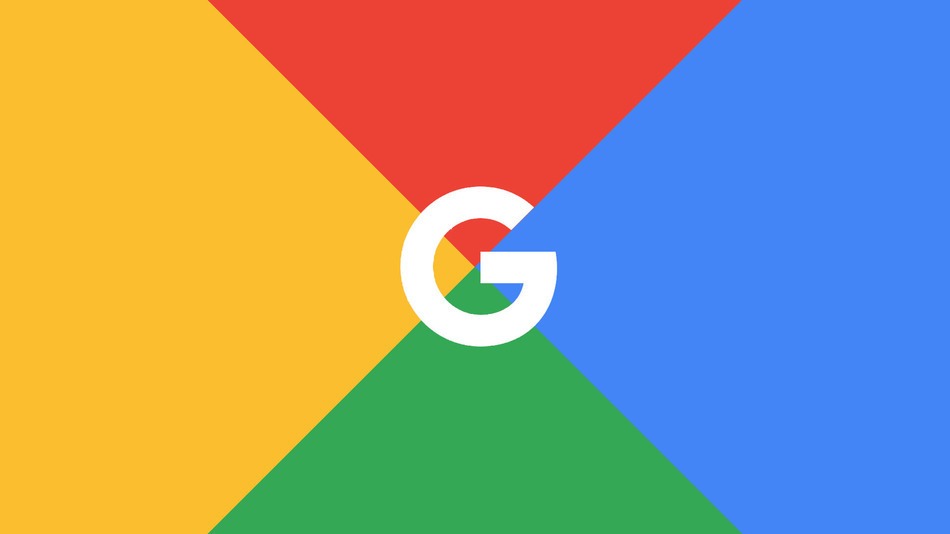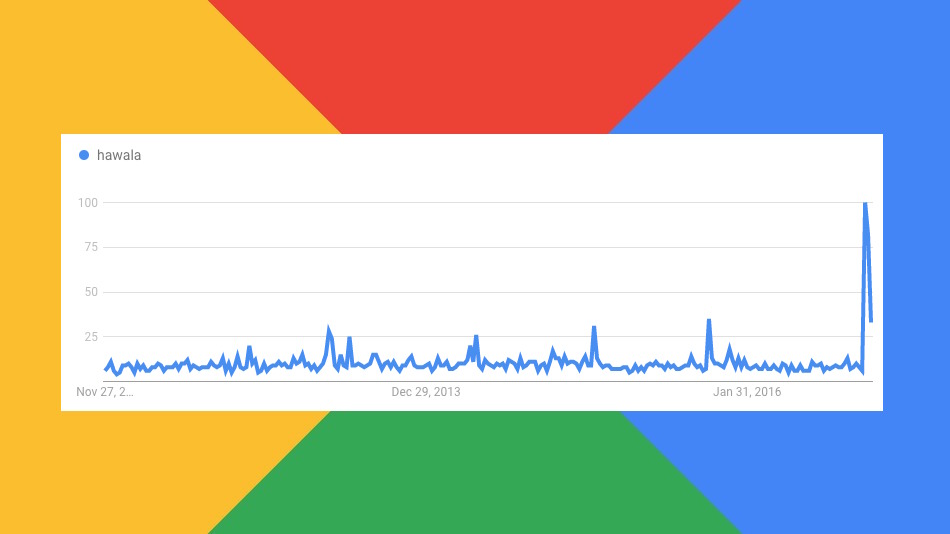It’s been nearly three weeks since the Modi government had dropped the bombshell in a prime-time broadcast – in a bid to fight corruption and black money, Rs. 500 and Rs. 1000 currency notes would cease to be legal tender overnight. As Indians processed the news, they also took to Google to figure out what the news meant. And their search queries following the news provide some interesting insights into what they were feeling, post demonetization.

1. Hawala: Google searches for the term “Hawala” jumped 1566% on 9th November. Hawala is an informal money transferring system through a network of connected brokers, and is frequently used to launder black money. The government has long maintained that Indians hold black money in large amounts, and sure enough, in the week following the announcement, Indians seemed to turn to Google to search for hawala operators – in expectedly large numbers.
2. Gold: In times of financial uncertainty, there’s a flight to the safety of gold. In the week after demonetization, searches for the query “gold” reached their highest point in a year, but have been restored to their original levels. After the announcement, backdated gold purchases were thought to be a clever way to evade the tax authorities, but repeated raids on jewelers across the country, and the government’s move to ask for PAN details while making gold purchases, seems to have dampened the trend.
3. Mobile Wallets: But amidst the doom and gloom, there was a clear winner – mobile wallets. With no cash around to make daily purchases, urban Indians turned to wallets in large numbers. Sensing the opportunity, wallet companies also went into a promotional overdrive, with ads splashed across print and TV. Searches for mobile wallets were higher than any time over the last 5 years in the wake of demonetization.
4. Paytm surged ahead of other wallet companies: Within the three major wallet companies, an interesting battle played out. Before the move, Paytm was the clear market leader with over 13 crore users; Freecharge and Mobikwik followed at number two and three. And in the post-demonetization world, Paytm built on its early advantage. It was the first company to come out with a print ad, and also came up with innovative advertising that helped merchants get onboard on its platform. Interest in Paytm surged 67%. In comparison, interest in Freecharge and Mobikwik rose 23% and 25% percent respectively.
5. UPI: The government United Payments Interface has had the same problem as most well intentioned government schemes – a big bang launch, but no real traction since then. The demonetization effort might breathe new life into UPI apps. UPI, unlike wallets, doesn’t hold cash, but can be used to transfer amounts from one bank account to another. Searches for UPI are up, and maybe UPI apps can finally seize this moment.
6. ATMs: You don’t really need Google search data for this one – a simple drive down the roads will show you the long, winding queues outside ATMs. Online interest in ATMs too has surged – Google launched an Find an ATM near you button on its site, and several apps came up with promised to tell you which ATMs in your vicinity were working. Interest for ATMs on Google was up to its highest point in 5 years – by over 500 percent.
